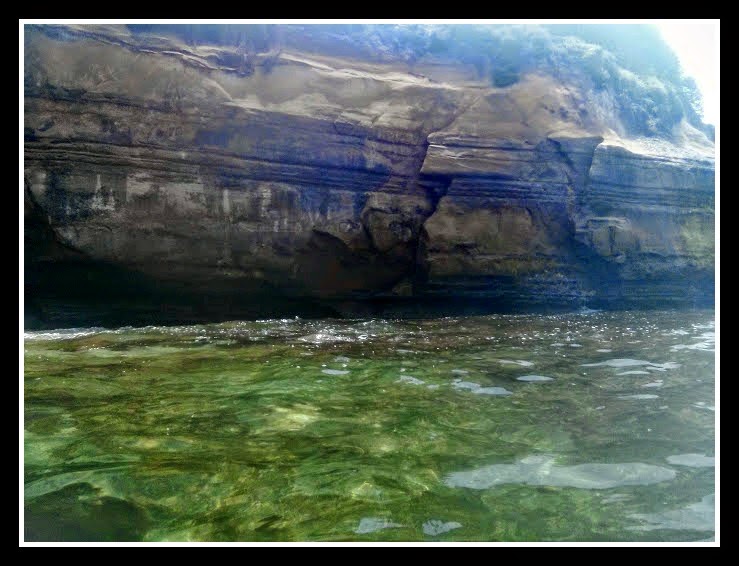Management education focuses on the development of
business gurus that seek to run companies for greater expansion and profit.
These programs often talk about management skills, people skills, business
skills, finance, and many other primary functions of a manager. A paper by
Waddock & Lozano (2013) helps us think beyond primary knowledge and into
concepts like reflective practices that develop awareness, systems thinking,
and ethical values.
Reflection is a process of understanding oneself in
a context of events. Those who are reflective think about the business, its
impact, and themselves and can understand events. This understanding leads to
better management practices in the future.
Students that develop reflective thinking are more
thoughtful about how business practices impact others around them. Without reflection
decisions can be limited and self-interested and such thinking has led to major
calamity not only for businesses but also stakeholders.
A higher order concept called systems thinking
should also be developed in students. Systems thinking takes time to develop
and master. It is a process of understanding how the pieces create an entire
system and how that system operates in the market.
Systems’ thinking is particularly important in
international businesses where supply chains, information networks, social
networks, and processes have a larger impact. Each of the pieces fits within
the whole of the operation and needs to be well thought out.
Finally, understanding and implementing ethical
values in businesses. The use of unethical practices not only damages commerce
but also the reputation of the business and the effective management of people.
Students should be aware of ethical considerations when making choices.
Management students often do well grasping the basic
business conceptions offered in any course. They may have more difficulty
understand the more complex issues associated with reflection, systems thinking
and ethic. The concepts require many connections between the various concepts
of business and greater societal responsibility. It may be wise to introduce
these concepts in the undergraduate level and try and connect them tighter in
the graduate level.
Waddock, S. & Lozano, J. (2013).
Developing more holistic management education: lessons learned from two
programs. Academy of Management Learning
& Education, 12 (2).





